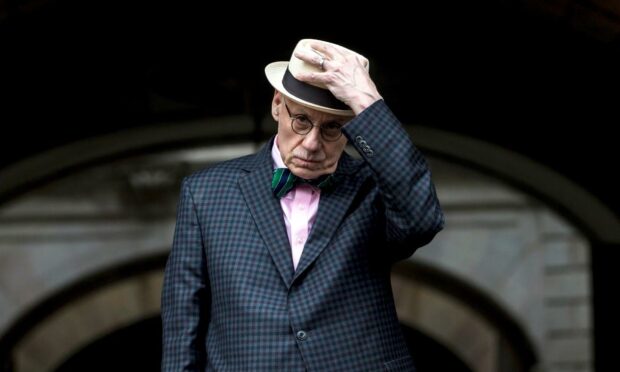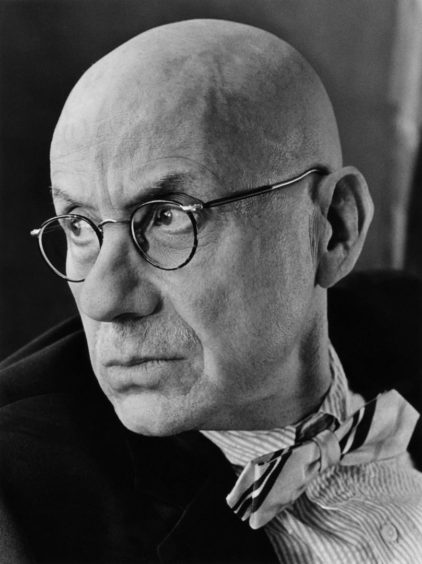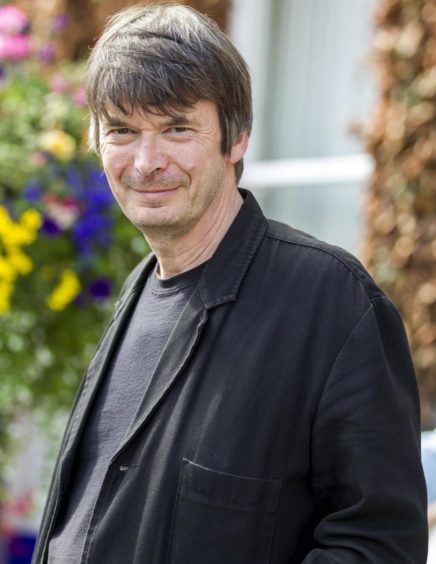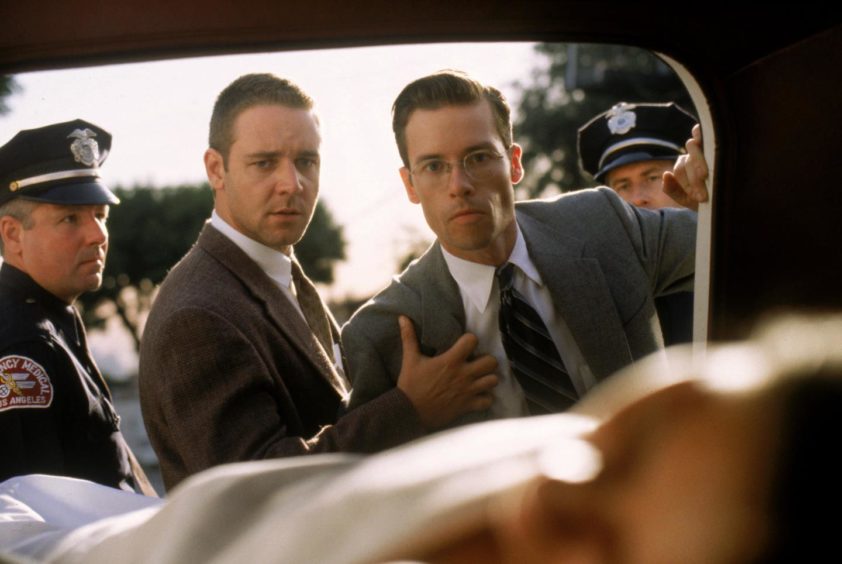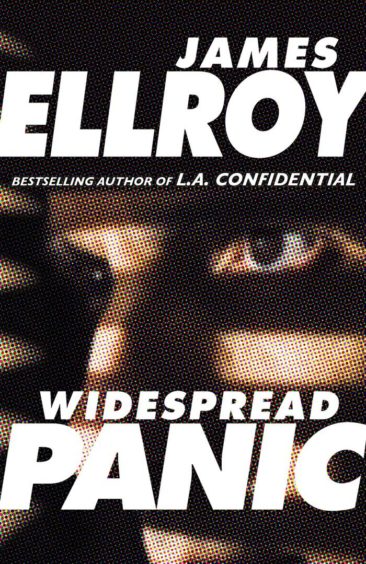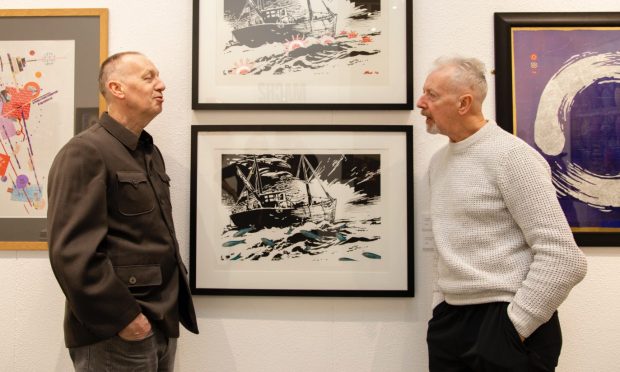Not content with making a massive impact on the hardboiled detective genre, author James Ellroy is credited with coining the term for Scotland’s fictional crime wave.
Legend has is it that the author of LA Confidential (which was made into a hugely successful 1997 movie) and The Black Dahlia (that one became a much less lauded film noir in 2006), offered a quote for a new Ian Rankin bestseller and dubbed him ‘the king of Tartan Noir’.
Other sources claim that Rankin himself once approached his crime-writing idol to say, ‘I’m a big fan and I write Tartan Noir’.
Both stories are so juicy that I opted not to ask Ian Rankin for the definitive answer to this Tartan Noir origins story, but simply to make enquiries on how Ellroy’s bibliography shaped the Fifer’s literary output.
“James Ellroy was a huge influence on my Inspector Rebus books,” he said.
“His style, his use of real murder cases and news stories, and his ambitiousness all helped kick my backside at a time when I was toiling. He has always striven to do things differently, to push the envelope, to show the depth and breadth possible in the whodunit form.
“His is a body of work that will be read and revered for decades to come.”
A stamp on literary America
Those sentiments are impossible to argue with. Ellroy thumped a solid stamp on the American literary landscape ever since his debut in 1981 with Brown’s Requiem, a pulp detective fiction that drew on his own experiences as a golf caddie.
His first few books gained him a cult following but widespread success was secured on publication of the LA Quartet. This series of stories set in the 40s and 50s which thrillingly blended fact with fiction, kicked off with The Black Dahlia in 1987, revolving around the still unsolved murder of aspiring actress Elizabeth Short.
Ellroy dedicated that work to his own mother whose rape and murder, when her son was just 10 years old, also resides in the city’s cold case files. Ellroy would return to that traumatic atrocity in his acclaimed 1996 memoir, My Dark Places.
While continuing to obsess over the cruelties and corruptions of the 20th Century, the 2000s have been no less fruitful for the Californian writer.
Tomes such as Destination: Morgue! (a series of essays and reportage collected in 2004) and Blood’s A Rover (the doorstopping 2009 publication which completed his typically ambitious Underworld USA Trilogy) have kept his name at the forefront of the book-consuming public’s attention.
Now, he is back with Widespread Panic, a quintessentially Ellroy romp about a private eye who knows where the bodies are buried and has the photos to prove it.
Once again located in 1950s Los Angeles, the novel pulls together James Dean, Elizabeth Taylor, Marlon Brando, and a rising star of the Democratic Party called John Fitzgerald Kennedy.
Upcoming is an online event with the author, care of Topping & Company Booksellers, and those tuning in can settle down for a treat. Some writers are vivid in their prose but pedestrian when they discuss their work: Ellroy is electric in both disciplines.
From the get-go, he was the demon-dog. Backstage in the green room, he went to the toilet and left the door wide open, howling as he peed. That was an ice-breaker. On stage, he read from his new novel, The Cold Six Thousand, spitting out short sentences like snake venom
Another of our nation’s writers who has experienced Ellroy up close, personal, and at full throttle is Peter Ross, the multi award-winning journalist and author of non-fiction books about Britain’s graveyards (A Tomb With A View) and Scotland’s lesser spotted but endlessly fascinating nooks, crannies, and characters (Daunderlust).
Back in 2001, he hosted the LA man’s event at Glasgow’s Royal Concert Hall, and had all his expectations truly met.
“I wasn’t sure which Ellroy would turn up, the man or the myth. The latter, I hoped, and so it proved. From the get-go, he was the demon-dog. Backstage in the green room, he went to the toilet and left the door wide open, howling as he peed. That was an ice-breaker.
“On stage, he read from his new novel, The Cold Six Thousand, spitting out short sentences like snake venom from a wound. Looking at him, that bald head eclipsing the corona of the spotlight, I thought of Iggy Pop.
“They had the same sort of heavy testosterone grace. The performance, too, was total Iggy: a controlled explosion. Afterwards, he signed my wife’s copy of Silent Terror. ‘Fear Peter Ross!’ he wrote, which was a pretty good joke, if poor advice.
“Fear, of course, is his territory, and language is his map.”
- James Ellroy appears in an online event with Topping & Company Booksellers on Tuesday 6 July, 7pm; Widespread Panic is out now published by William Heinemann.
